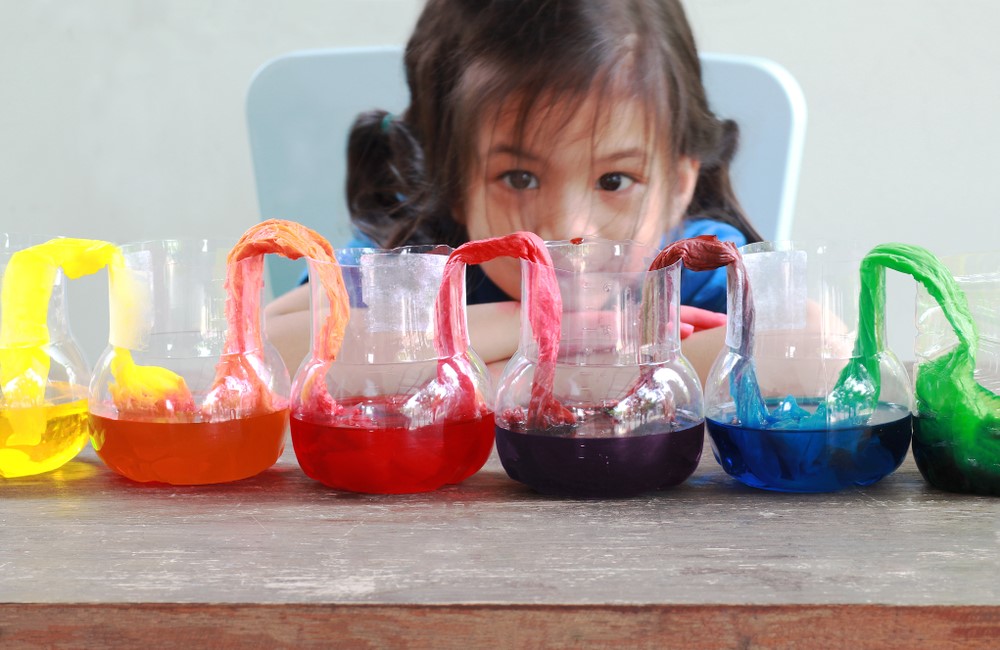
 The ISTE is a yearly educational conference, encompassing grades K-12. It was at this event that Google chose to unveil its array of improvements that will soon be included in the newest incarnation of Google Classroom. Google Classroom became a classroom technology option in 2014. The tools package, which is specifically geared to educators and known as G Suite for Education, allows teachers to better handle assignments and also navigate classroom discussions. Google numbers estimate that the worldwide use of their proprietary suite exceeds twenty million. Past users of the suite found assignments archived, with the most recent work at the top. To make the job of finding older assignments less tedious, Google has incorporated some filters. A tab that will separate work required for additional users, such as teacher assistants, has also been added to the tools package. Another useful tweak is the ability for educators to lock students access to peripheral devices while they are being tested.
The ISTE is a yearly educational conference, encompassing grades K-12. It was at this event that Google chose to unveil its array of improvements that will soon be included in the newest incarnation of Google Classroom. Google Classroom became a classroom technology option in 2014. The tools package, which is specifically geared to educators and known as G Suite for Education, allows teachers to better handle assignments and also navigate classroom discussions. Google numbers estimate that the worldwide use of their proprietary suite exceeds twenty million. Past users of the suite found assignments archived, with the most recent work at the top. To make the job of finding older assignments less tedious, Google has incorporated some filters. A tab that will separate work required for additional users, such as teacher assistants, has also been added to the tools package. Another useful tweak is the ability for educators to lock students access to peripheral devices while they are being tested.
Key Takeaways:
- Google made its debut in 2014, the education-specific tool package is bundled as G Suite for Education.
- Former users could access assignments, using the tool, and find them archived with the newest at the top.
- Google has since augmented the tool to create filters to allow educators to find archived assignments more easily.
“When Google’s education users return to schools this fall, their classrooms may look different in more ways than one.”



